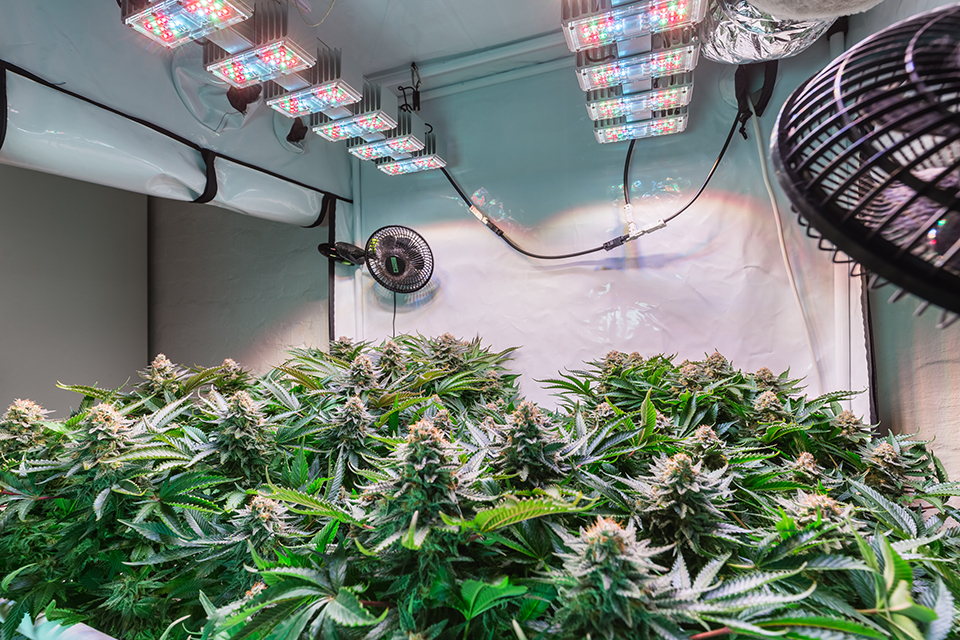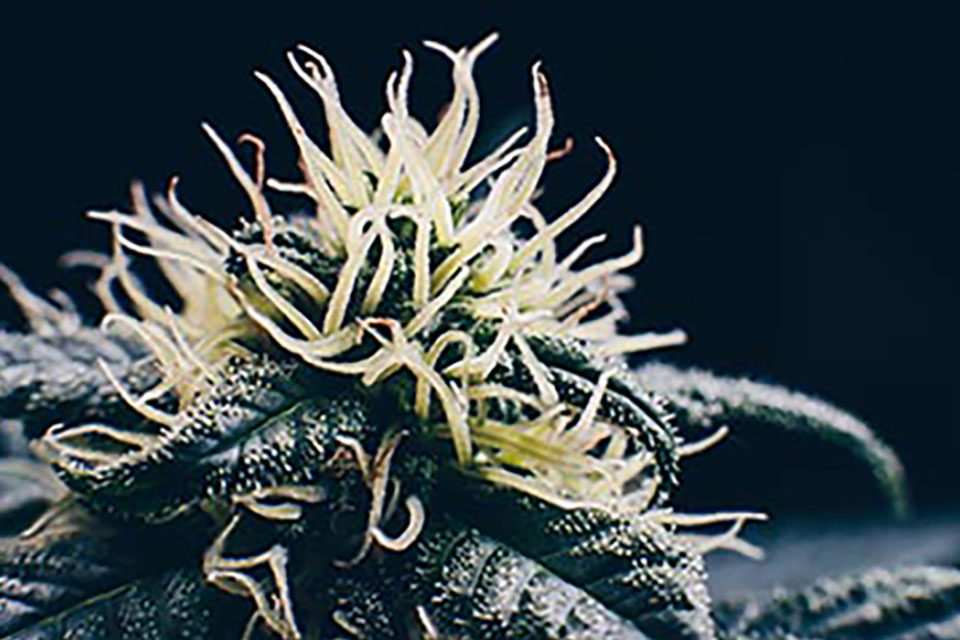
Ventilation is a major part of successful cannabis cultivation, impacting the health and yield of your plants. Cultivators know that keeping their plants well-ventilated is the best way to keep out mold, pests, and other ailments like CO2 imbalances, which hinder growth and make for less potent, flavorful buds. If you’re just starting or need a refresher on best practices, here’s your complete ventilation guide for your grow room, covering all you need to know to help your plants thrive.
How Does Ventilation Affect Cannabis Cultivation?
Ventilation keeps your cannabis grow room healthy, helping you avoid many of the common cultivation pitfalls that new growers fall into. It helps manage temperature, humidity, and CO2 levels, fostering consistent environmental conditions that promote plant growth. Without it, these factors can quickly get out of balance, risking your crop’s health.
Temperature control is a major benefit of good ventilation. Cannabis plants need specific temperature ranges to thrive, and too much heat can stress them, affecting photosynthesis. Ventilation helps disperse heat from grow lights and equipment, keeping the climate stable.
High humidity can lead to mold and mildew, which can ruin a crop. On the other hand, low humidity can dry out plants, stunting growth. Good ventilation keeps air moving, preventing moisture buildup and maintaining balance.
CO2 is one of the major components of photosynthesis, and ventilation ensures a steady supply of it can reach your plants. Swapping out stale air for fresh keeps CO2 levels optimal, promoting strong growth.
Poor ventilation can also lead to pest problems. Stagnant air attracts pests and increases the risk of airborne diseases, as pathogens settle more easily on plants. Keeping the air moving makes these problems less likely to occur, helping you to fend off some of the biggest detriments to your cannabis at once.
Key Components of a Cannabis Grow Room Ventilation System
You must know the main components of a ventilation system to keep your grow room’s air fresh and your plants thriving. These include the fans, filters, ducts, and exhaust systems. Each helps maintain air quality and circulation within your grow room.
Fans are the workhorses of your ventilation setup, ensuring air moves efficiently throughout the space. They help control temperature and humidity by circulating air so that every corner of the room gets fresh air. Oscillating fans are great for distributing air evenly, while inline fans are perfect for pushing air through ducts.
Filters are crucial for keeping the air clean by removing dust, mold, spores, and odors. HEPA filters capture tiny particles, and carbon filters are excellent at neutralizing smells, helping to maintain a healthy environment for your plants.
Ducts and exhaust systems remove stale air and bring in fresh air. Properly installed ducts ensure smooth airflow, while exhaust systems should be strategically placed to maximize air exchange, keeping the environment optimal for plant growth.
Choosing the Right Fans
Not just any fan will do when you’re looking for the right equipment to use in your grow room. Most cultivators use a few different types in their setups, with three of the main types being:
- Oscillating Fans: These fans move side to side, ensuring even air distribution and preventing hot spots.
- Inline Fans: Ideal for ductwork, they pair well with carbon filters to tackle odors.
- Exhaust Fans: These fans expel hot, stale air from the room.
When selecting your fans, consider their size, power, and noise. The fan should fit the room’s dimensions and have enough power to move the necessary air volume. Be conscious of the noise they produce, especially if your grow room is near living spaces.
Air Filtration
Air filtration is a necessary part of any healthy grow room. Filters remove contaminants, protecting plants from mold, mildew, and pests. HEPA filters are great for capturing small particles, while carbon filters eliminate odors.
Regular filter replacement is needed to maintain its effectiveness. Clogged filters can hinder airflow, affecting air quality and plant health.
Setting Up Ducts and Exhaust Systems
Efficient ventilation depends on the proper setup of ducts and exhaust systems. Arrange ducts to promote smooth airflow, avoiding unnecessary bends that could impede airflow. Position exhaust systems to remove hot air from the top of the room, where it tends to accumulate.
Consider using insulated ducts to minimize heat loss and reduce noise. Ensure the exhaust system vents outside to prevent stale air from circulating back into the grow room.
Ventilation Requirements for Your Grow Room
You’ll need to do some math to ensure your grow room has adequate ventilation. The air exchange rate within your grow room depends on the total room volume and how often the air needs to be replaced.
Use this formula to find what you’re looking for: Room Volume (cubic feet) ÷ Desired Air Changes per Hour = Required CFM (Cubic Feet per Minute). Aim for 20-30 air changes per hour for the best growing conditions.
With the required CFM, you can determine the size and number of fans needed. Adjust ventilation based on room size and plant density to maintain optimal conditions.
Best Practices for Maintaining Optimal Ventilation
Perform regular maintenance once you have your ventilation equipment in place to keep it working at maximum effectiveness. Clean your fans, ducts, and filters to prevent dust and debris buildup. You also need to monitor and adjust settings as plants grow to ensure they receive adequate airflow.
Plants need consistency to stay in good shape, so try to maintain growing conditions as much as possible for optimal health. Use environmental controllers to automate temperature and humidity adjustments, reducing the risk of stress from fluctuations.
Troubleshooting Common Ventilation Issues
Even with a well-designed ventilation system, issues can arise. Common problems include inadequate airflow, excessive humidity, and temperature fluctuations.
Check for duct obstructions and ensure fans work properly to fix airflow issues. If humidity is too high, consider adding dehumidifiers or increasing air exchange rates. Adjust fan speeds or add cooling equipment for temperature problems.
Set Up a Ventilation System for Great Cannabis Growing Results
Effective ventilation is a crucial element of successful cannabis cultivation. By following these strategies, growers can create an environment that supports healthy, robust plants. Proper ventilation prevents mold and pests and boosts plant growth and yield. Implement these recommendations to optimize your grow room and achieve the best results.



